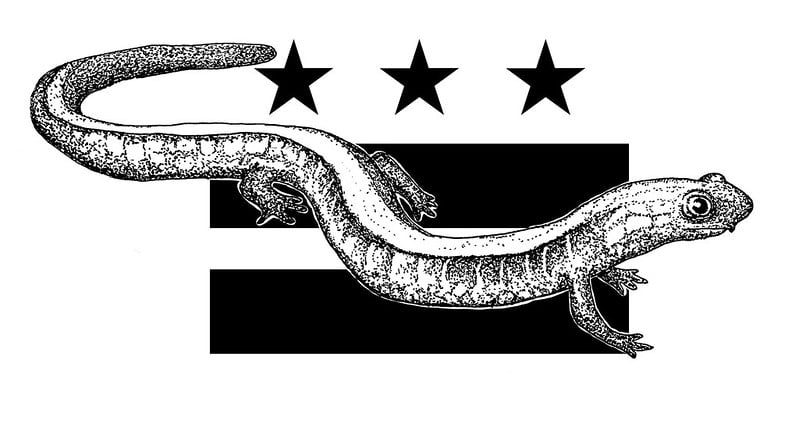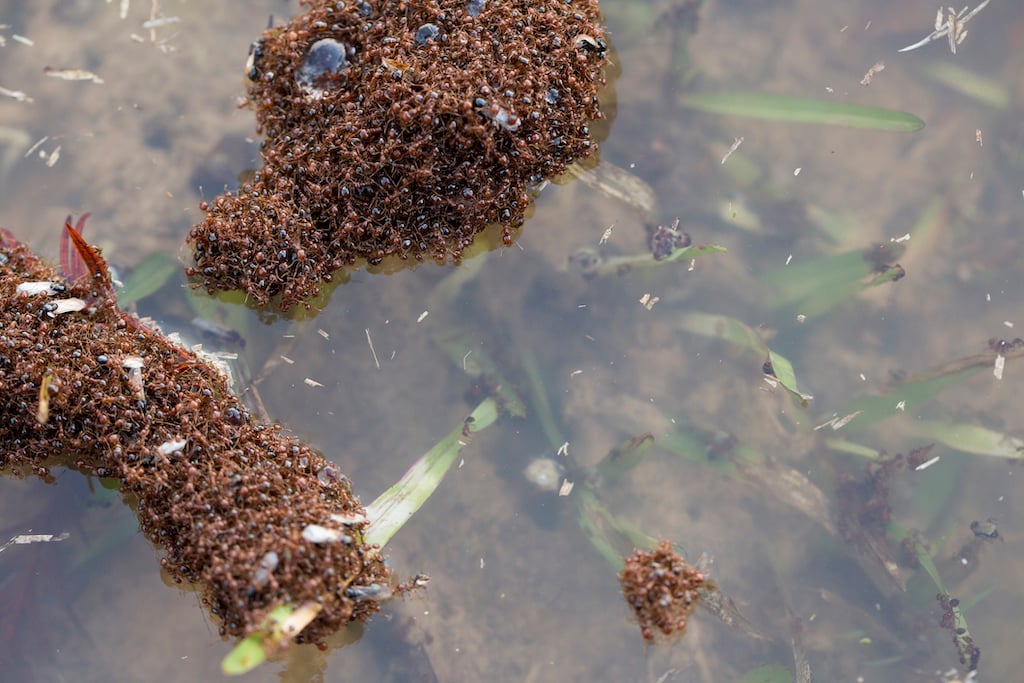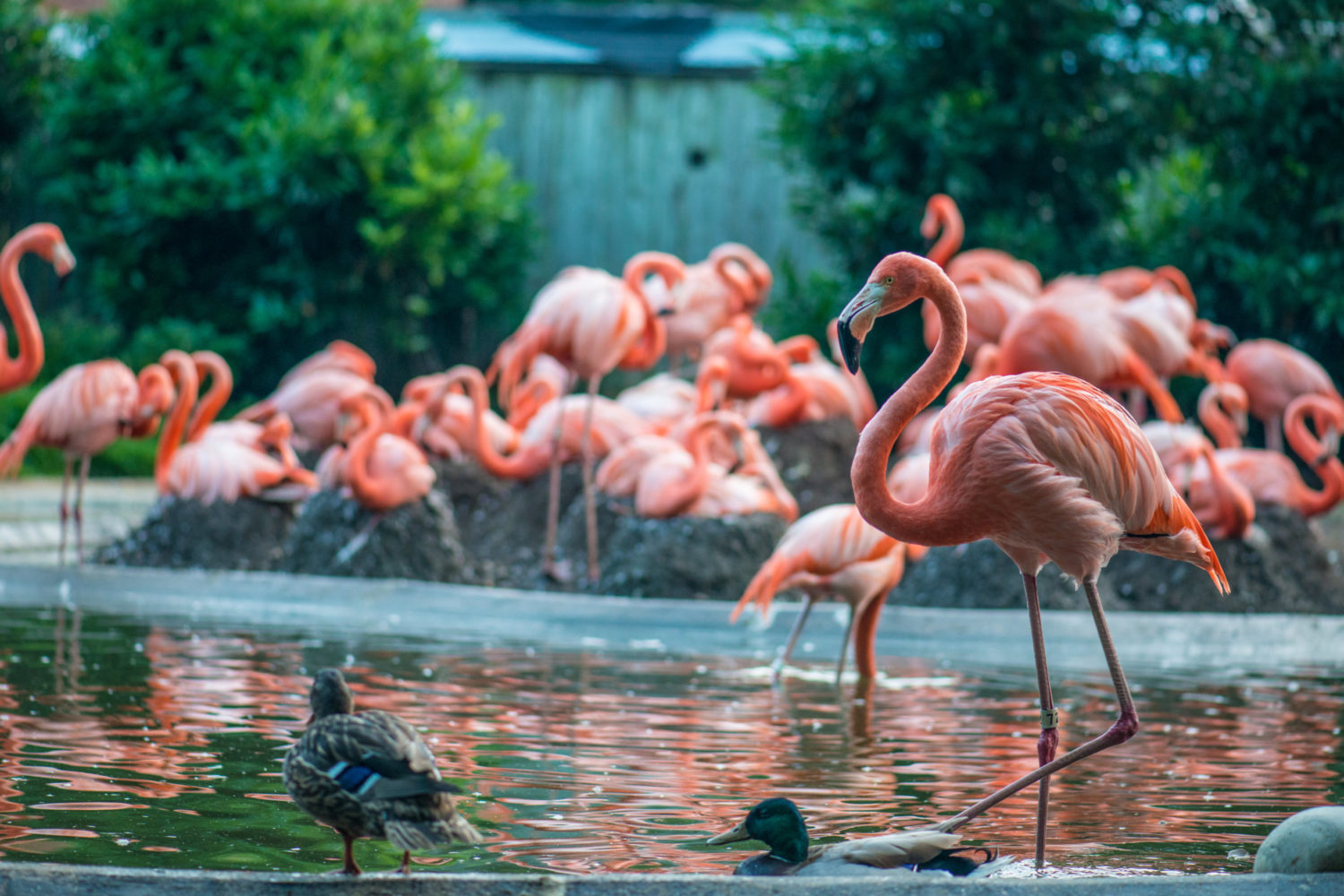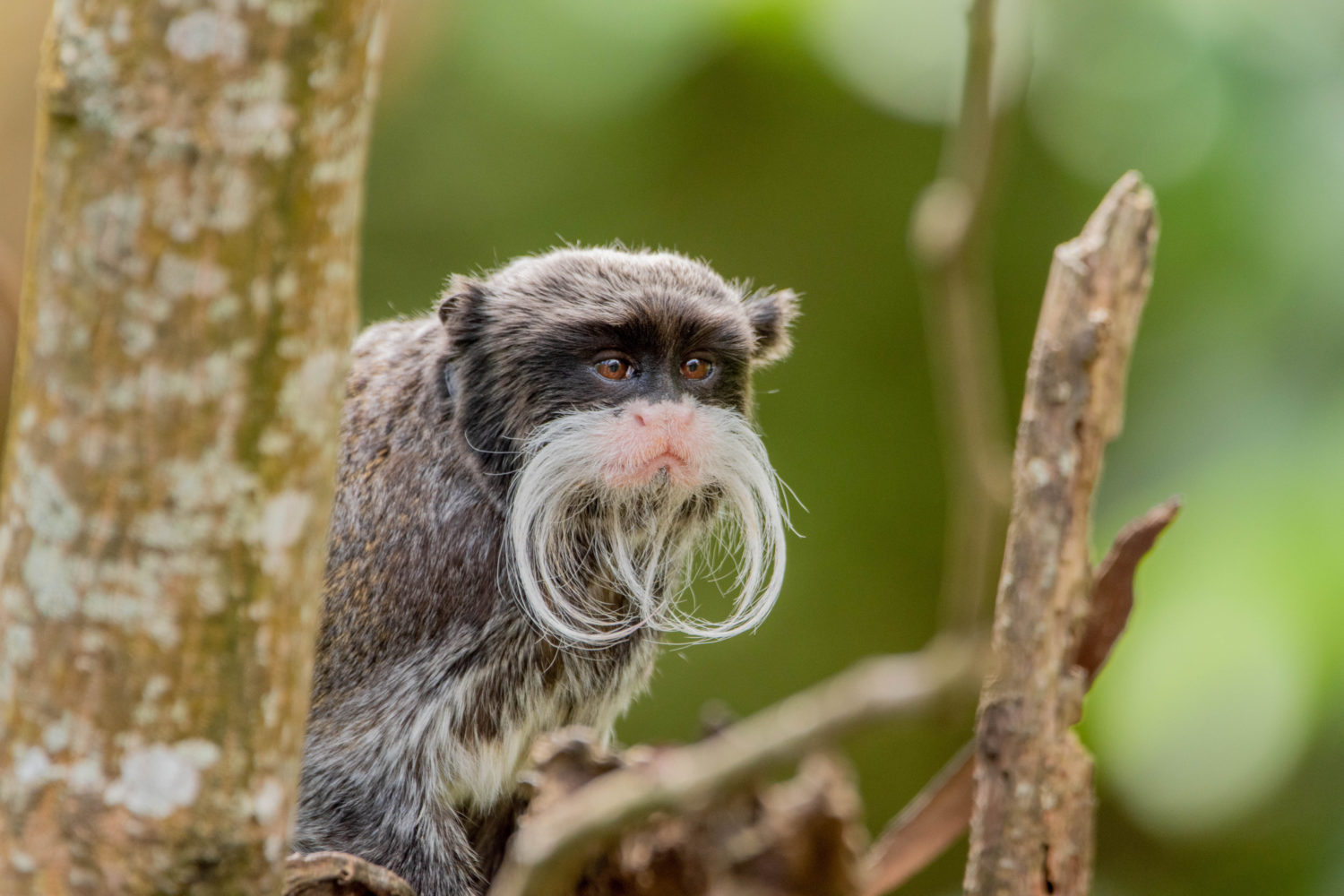The District has a handful of official critters. The wood thrush is DC’s official bird, the American shad is our official fish, and big brown bat was awarded title of official mammal in 2020. Missing from the lineup, however, is a representative of the nation’s capital’s amphibian neighbors.
Luckily, this oversight was not lost on a group of elementary school students, who proposed that the city council appoint the honorary title to the eastern red-backed salamander, an abundant but often hidden woodland creature whose tiny, grayish-black body—only about two to four inches in length—sometimes bears a distinctive red stripe down its back and tail. Their advocacy (which has come with some help from their parents) has resulted in a bill, which, if passed this year, would designate the redback as DC’s official amphibian.
The whole salamander saga began during the pandemic, says Max Girshick, a nine-year-old Powell Elementary School student.
“It was in the Covid years, so everything was boring,” he says. “Virtual school was bad, so I decided to watch [herpetology] videos in my free time. I saw this herpetologist who was ‘herping’ and he’d find so many salamanders, snakes, and reptiles, so we decided to do it ourselves.”
Max and his dad, Matthew Dull, a professor at Virginia Tech’s Center for Public Administration & Policy, began going on hikes through Rock Creek Park. That’s when they discovered the eastern red-backed salamander. It lives in forested areas, mostly under logs and leaf-litter, throughout the District, with sightings observed in Rock Creek Park, Fort Mahan Park, Fort Bunker Hill Park, Riggs Park, Glover Park, and Van Ness.
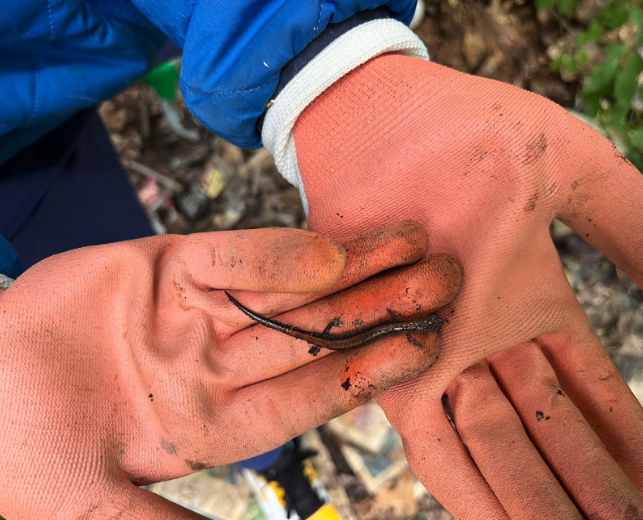
After that initial discovery, “we just saw more and more and more and more of them,” says Max, who eagerly shares all that he’s learned about the species during a video interview with Washingtonian, such as the fact that “salamander” loosely translates as “fire lizard.” “I love that they’re so abundant. There’s so many of them and they’re not invasive. They help the forests.”
Coincidentally, around this same time, another Powell parent, Henry Travis Gallo, an environmental science professor at the University of Maryland, was going on more hikes with his kids in the woods.
“We were looking for salamanders also,” said Gallo. “You can’t always see raccoons and deer, but you can flip over rocks and see salamanders and bugs, so it’s a pretty easy thing to get kids jazzed about.”
When school returned to in-person learning, Gallo and Dull discovered their kids’ shared enthusiasm. As an environmental science professor, Gallo proposed a class field trip to the Aquatic Resources Education Center in Anacostia, which the kids went on in December. There, the whole class learned about the District’s amphibians and the salamander frenzy spread among the students.
That was when “this thing kind of took on a life of its own,” Dull says.
A month later, after learning what petitions were during a government lesson, Max had the idea to start his own. At the top of a piece of graphing paper, he wrote, “Petition for the red back salamander as the official amphibian of DC”—and he began to collect scraggly signatures from his classmates.

With a petition now circulating among the kids, Dull brought the idea forward to Janeese Lewis George, a DC councilmember who eventually introduced the bill last month, along with a ceremonial resolution that passed unanimously to designate May 5 through May 11, 2024, as “Amphibian Week” in DC.
“We couldn’t pass it up, and I’m glad we didn’t,” says Emily Tatro Cassometus, senior counsel for Lewis George. “It has been a really joyful experience.”
Meanwhile, Powell teacher Erica Pence saw an opportunity to integrate the project into the third grade government curriculum. She had Tatro Cassometus visit the school to teach a lesson on how to pass a bill in DC, and afterward, she helped the kids craft their own “whereas” statements in support of the red-backed salamander.
“It’s been a really fun way to get kids involved and hopefully have them feel motivated by the fact that they can do things like this and stay involved in government lifelong,” Tatro Cassometus says.
It’s not the first time a bill has gotten kids involved in DC government. In 2020, a local Girl Scout troop was behind the campaign for the little brown bat to become the official mammal of the District. The girls had testified before a DC Council committee that year, just as Powell elementary students plan to do this fall.
And while declaring “official” animals aren’t exactly pressing pieces of legislation, they can still help raise public awareness for a certain species and its environmental threats, Gallo says.
“In my world we call it a ‘flagship’ species,” he says. “It’s the idea that one species gets people excited about other conservation issues. The polar bear is a classic species ambassador. So, the red-backed salamander can sort of be an ambassador to promote urban nature but also amphibian conservation in general. … As a taxa, amphibians are under the greatest threat of any animal out there globally, especially salamanders.”
Threats facing amphibians include the deadly chytrid fungus, which has killed off as many as 90 amphibian species; water pollution, which is particularly harmful to amphibians, many of which breathe through their sensitive skin; and the fact that the climate is becoming hotter and drier for a species that relies on moist environments.
So what makes the redback a good ambassador for all these critical issues? For one thing, “there’s like eight billion of them on the East Coast!” Max says. “There’s a lot. They outweigh all other small vertebrates in biomass.”
Or as Gallo put it: “It’s an animal that’s all over the city, not just in Rock Creek. It’s something that people can go hiking in Anacostia Park or in Fort Dupont or over at the arboretum, and there are going to be salamanders around them.”
To see one, try peeking under a log, Max advises, though he cautions that you should be careful not to handle them as it can dry out their sensitive skin. (You should also replace the log so you don’t disturb their habitat too much, adds his dad.)
Other reasons listed by the class include the fact that redbacks help control pests by eating bugs, that they are a source of food for other animals, and that their presence is an indication of healthy eastern forest ecosystems. Plus, no other state has the redback listed as its official amphibian. And, as of yet, there appears to be no pushback to the redback being ours.
“I did ask the kids that question, ‘Who do you think might come out in opposition to this bill?” Tatro Cassometus says. “Their answer was, ‘People who think that salamanders are gross!’ But we haven’t heard from that interest group yet.”
Likewise, Dull says the Big Frog lobby hasn’t made a peep.
Correction: An earlier version of this story mistakenly stated that the little brown bat was the District’s official mammal. While a local Girl Scouts troop had proposed the little brown bat, the DC Council ultimately decided upon the big brown bat.

